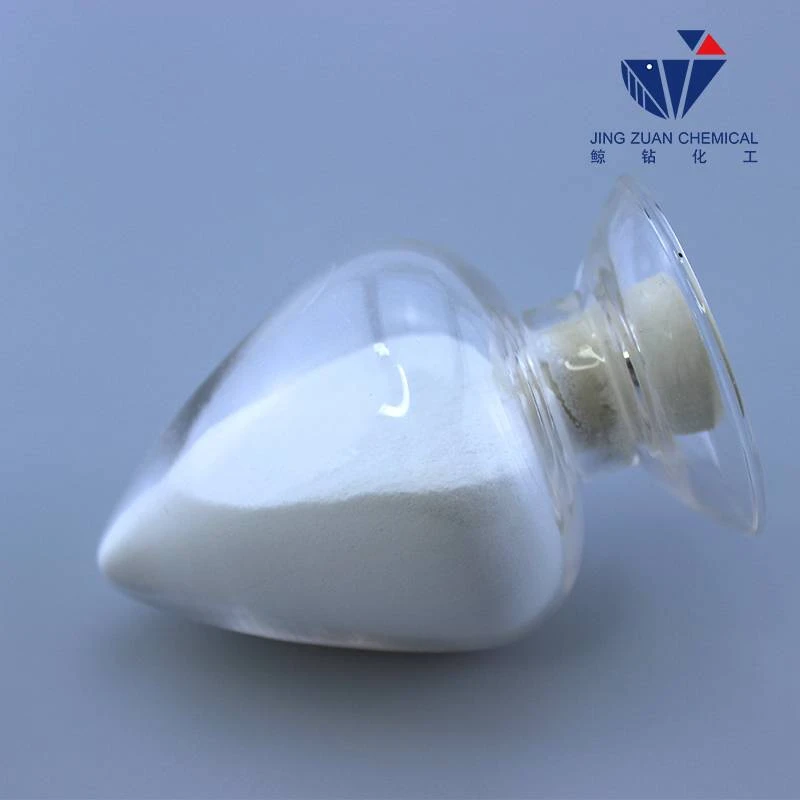
Nov . 05, 2024 22:08 Back to list
Investigation of HPMC Solubility in Cold Water for Pharmaceutical Applications
Solubility of Hydroxypropyl Methylcellulose (HPMC) in Cold Water
Hydroxypropyl Methylcellulose (HPMC) is a widely used polymer in various fields, particularly in the pharmaceutical, cosmetic, and food industries. Notably, its solubility in cold water is a significant property that influences its application and effectiveness in formulations. Understanding the solubility characteristics of HPMC can guide formulators in making informed decisions regarding its use and incorporation in products.
Solubility of Hydroxypropyl Methylcellulose (HPMC) in Cold Water
The solubility of HPMC in cold water is influenced by multiple factors, including the degree of substitution (DS), viscosity grade, and the specific formulation of the product. HPMC comes in various grades, each tailored for specific applications, and the solubility varies accordingly. Generally, HPMC with a higher DS exhibits better solubility in water. This is because the hydroxypropyl and methyl groups disrupt the intermolecular hydrogen bonding in cellulose, allowing for a more effective interaction with water molecules.
hpmc solubility in cold water

In practical terms, HPMC's solubility in cold water makes it an excellent thickening agent, emulsifier, and film-forming agent in a range of products. In the pharmaceutical industry, it is commonly used in drug formulations, where it serves as a binder in tablets and as a stabilizer in liquid formulations. The ability of HPMC to dissolve in cold water allows formulators to create stable and effective drug delivery systems, ensuring that active ingredients are properly dissolved and bioavailable.
In the food industry, HPMC is often used as a food additive due to its thickening and gelling properties. It can enhance texture and stability in various food products, such as sauces, dressings, and dairy alternatives. Its solubility in cold water is particularly advantageous in creating instant products that can be easily hydrated and consumed without the need for heating.
Moreover, HPMC's solubility in cold water is also important in cosmetic formulations. It is used in creams, lotions, and gels where it acts as a thickener, stabilizer, and emulsifier, providing desirable sensory properties to the final product. The cold water solubility allows for easy incorporation into formulations without the need for elevated temperatures, preserving the integrity of sensitive ingredients.
In conclusion, the solubility of Hydroxypropyl Methylcellulose in cold water is a vital attribute that enhances its versatility across various industries. Its ability to dissolve at lower temperatures not only contributes to product stability but also facilitates the development of innovative formulations that cater to consumer needs. As the demand for functional and effective products continues to rise, the role of HPMC and its soluble properties will likely remain at the forefront of formulation science, driving further research and application in diverse fields. Understanding HPMC's solubility characteristics will enable professionals to harness its full potential, ultimately leading to improved product performance and consumer satisfaction.
-
Versatile Hpmc Uses in Different Industries
NewsJun.19,2025
-
Redispersible Powder's Role in Enhancing Durability of Construction Products
NewsJun.19,2025
-
Hydroxyethyl Cellulose Applications Driving Green Industrial Processes
NewsJun.19,2025
-
Exploring Different Redispersible Polymer Powder
NewsJun.19,2025
-
Choosing the Right Mortar Bonding Agent
NewsJun.19,2025
-
Applications and Significance of China Hpmc in Modern Industries
NewsJun.19,2025







